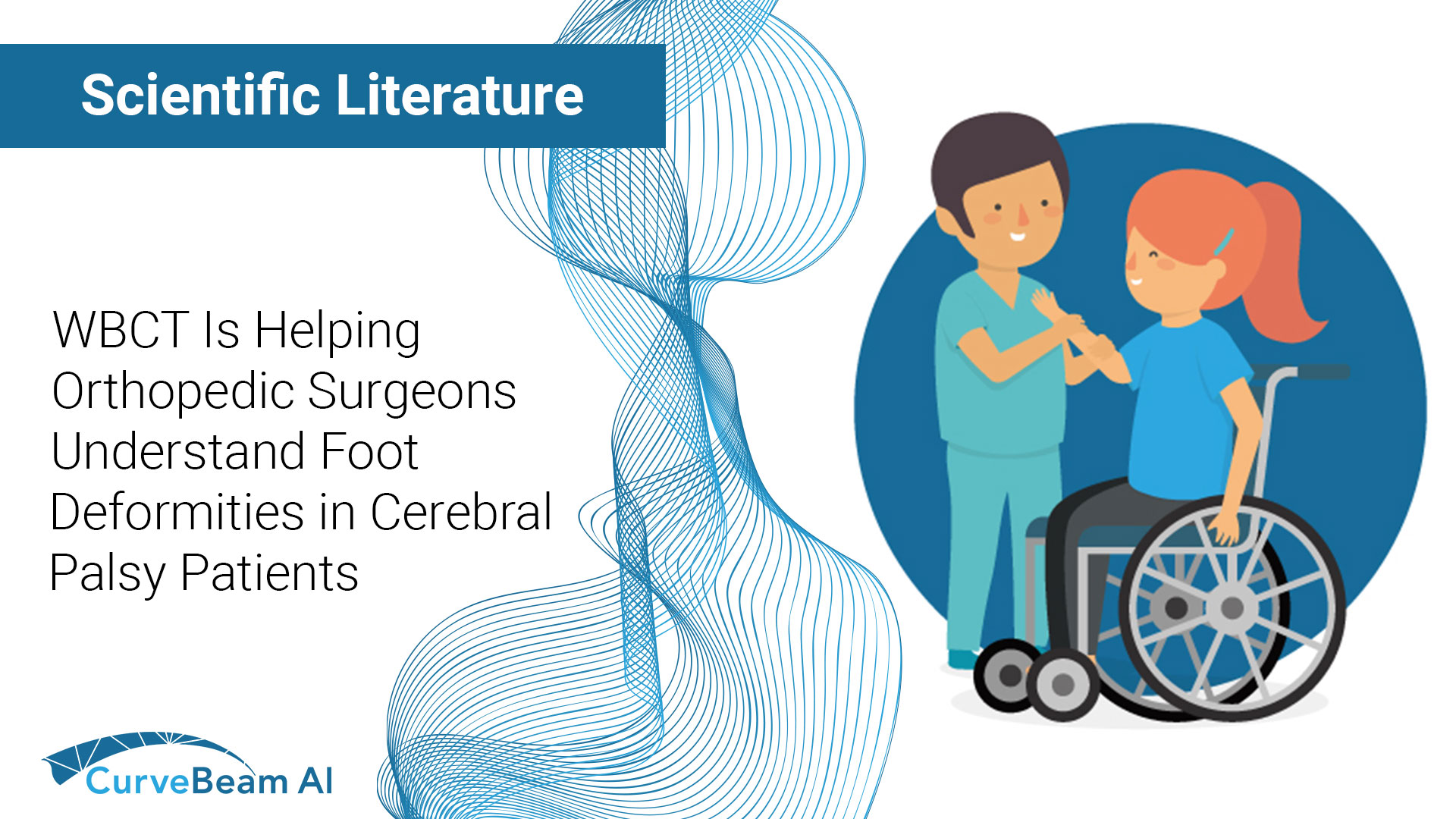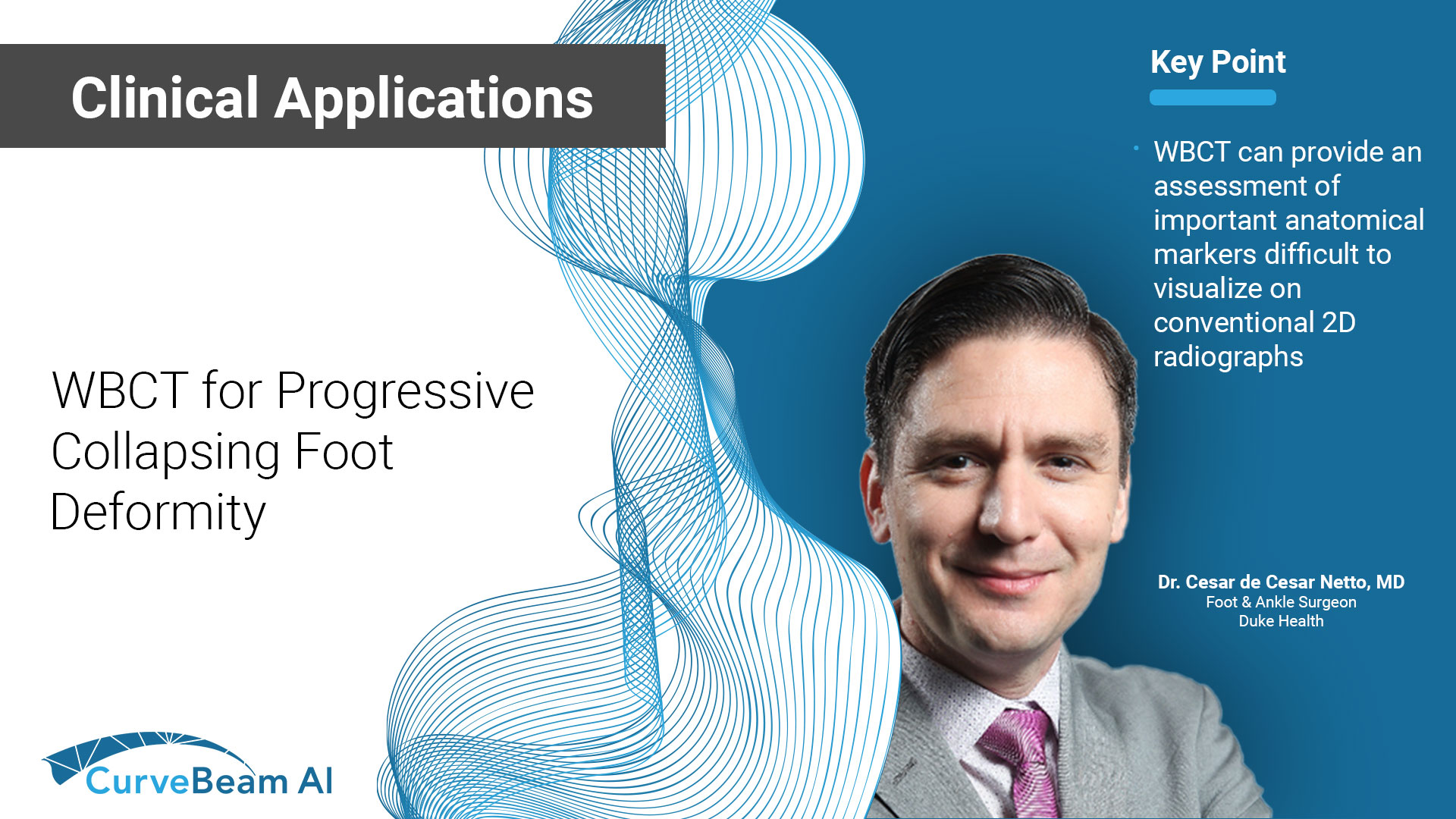It is feasible for a single-practitioner podiatry practice to add weight bearing CT (WBCT) imaging and realize economical…

WBCT Shines Light on Foot Deformities in Pediatric Patients with Pes Planus
There’s a lot about pediatric pes planus, or flexible flat foot deformity, that orthopedic surgeons don’t understand. What they do know is that while BMI, gender and other hereditary factors come in to play, the morphology of the os calcis subtalar joint is also important. A reduced anterior facet surface of os calcis could result in less support for the talar head, causing the head to deviate medially.
It’s extremely challenging to evaluate this complex deformity on weight bearing plain X-Ray, and conventional medical CT is not weight bearing.
Weight bearing CT, along with distance mapping, is shining new light on pediatric pes planus. Distance mapping is a recently developed tool that maps the distances between the articular surfaces of the joints.
The original classification, developed by Bruckner et al, divides os calcis morphology into four categories. Researchers in Italy and Israel built upon the Bruckner classification by incorporating distance mapping. They tested their method and found excellent agreement between the two methods.
Distance mapping could one day be used as a pre-operative planning tool to define safe surgical margins. It could also be used to create predictable topographic patterns that could be incorporated into classic classification systems. And while it would require further validation first, distance mapping could be used to create intraarticular pressure maps as well.
Will you be at IPOS in Orlando this December? Visit CurveBeam AI to learn how weight bearing CT might be the right solution for your practice.
Access the full study here: https://pubmed.ncbi.nlm.nih.gov/36920029/




